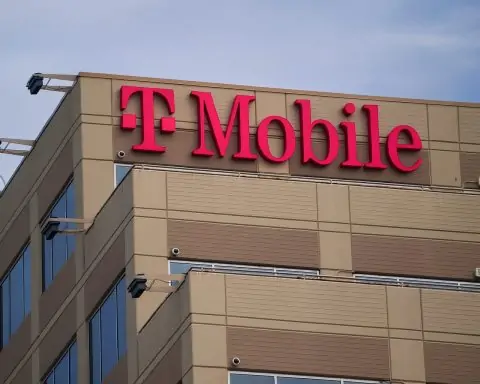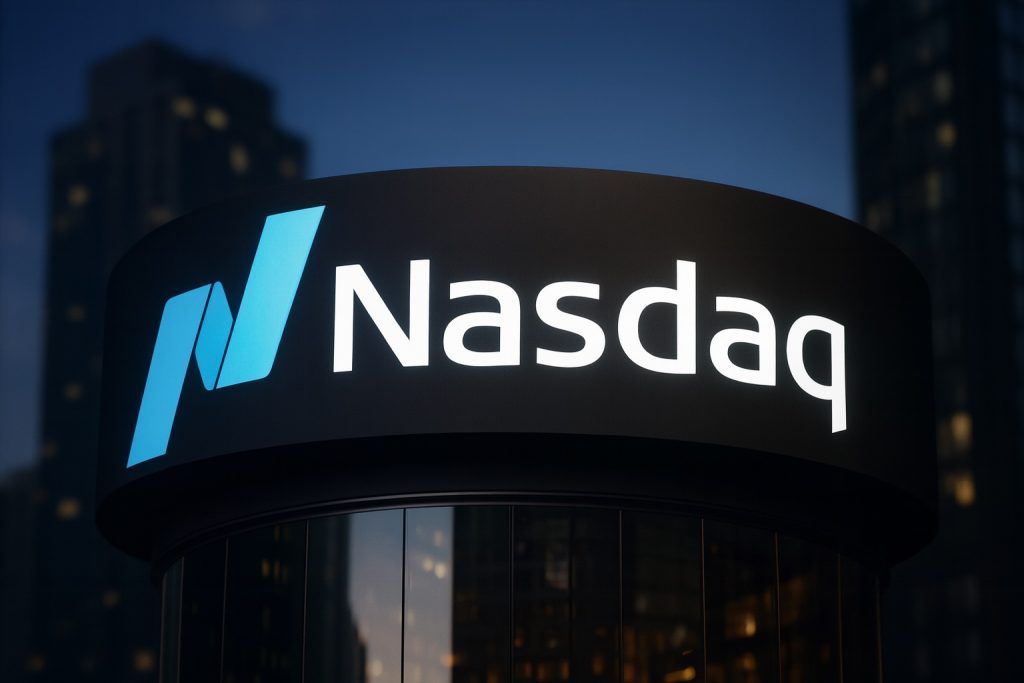Gold prices surged in early October 2025, repeatedly hitting new all-time highs above $4,000 per ounce as investors sought safe-haven assets amid mounting global uncertainty. From October 1 to 11, the gold spot price climbed steadily (London PM fix and New York futures both setting records), with U.S. December futures briefly topping the $4,000 mark on October 7 and again on October 10 [1] [2]. After a strong rally in late September, spot gold accelerated into October – for example, futures soared to $4,014.6 on October 7 [3] and to $4,059.05 on October 8 [4]. When profit-taking and easing volatility entered on Oct. 9 (after a Gaza ceasefire deal), the price dipped just under $4,000 [5] [6], but it quickly rebounded above that level by October 10 amid renewed trade-war and policy concerns [7] [8]. Overall, gold is up roughly 50–54% year-to-date in 2025 (after a 27% gain in 2024) [9] [10]. This rapid ascent makes 2025 the strongest year for gold since the late 1970s, with gold among the best-performing assets globally.
Gold’s rally has been broad-based. In New York, U.S. COMEX gold futures for December 2025 traded above $4,000 mid-October [11]. In London, the LBMA spot price also set records – reflecting similar moves in the OTC market (which provides the global benchmark) [12]. In Asia, local prices climbed in line with U.S. dollars: India’s domestic gold rate hit a record ~₹123,677 (≈$1,395) per 10 grams in early October [13], buoyed by festival demand. Dealers quoted premiums up to $15/oz over spot in India, up from $9 a week earlier [14]. Chinese buyers were more cautious after the Golden Week holiday, with Hong Kong dealers offering discounts (~$48–$60/oz) to spur purchases despite the global rally [15]. Overall, gold demand remained strong: gold-backed ETF holdings saw record inflows (about $64 billion so far in 2025, including an unprecedented ~$17.3 billion in September alone) [16].
Key Drivers: Fed Policy and Safe-Haven Demand
- Fed rate-cut expectations. Investors overwhelmingly bet on U.S. Federal Reserve interest-rate cuts in late 2025. After the Fed delivered its first 25-basis-point cut in September, markets priced in roughly a 25 bp cut at the October meeting (95% odds) and another in December (80% odds) [17]. Fed minutes from September noted policymakers saw labor-market risks justifying a cut, even as they remained concerned about “stubborn” inflation [18]. In this low-rate environment, gold – a non-yielding asset – thrives. Traders noted that a “pliant Fed that would lower rates” alongside higher inflation could create a Goldilocks backdrop for further rallies [19].
- U.S. political and fiscal uncertainty. The U.S. government shutdown (entering its second week in early October) added to safe-haven demand. The shutdown delayed key economic data and riled markets [20]. More recently, comments by U.S. President Trump (then in office) about firing a Fed governor and new tariffs on China drove demand for gold as a hedge against policy risk [21] [22].
- Global political tensions. Geopolitical events stoked volatility. A ceasefire in the Israel–Hamas conflict on Oct. 9 briefly reduced risk premiums, causing a 2% pullback in gold [23]. But broader conflicts remained, including the war in Ukraine and regional tensions in Asia. In Europe, the collapse of a French government in early October added uncertainty, while Tokyo markets were rattled by political and inflation worries [24] [25].
- Central bank buying and ETF inflows. Official sector purchases of gold have been exceptionally strong. China’s central bank reportedly added gold to reserves for the 11th consecutive month in September [26], continuing a multiyear policy of diversifying away from the dollar [27] [28]. Central banks worldwide remain net buyers, viewing gold as a hedge against currency and economic risks. Meanwhile, institutional and retail investors piled into gold ETFs. World Gold Council data show record-breaking inflows into physically backed gold funds (about $64 billion so far in 2025), reflecting “insatiable” appetite for the metal [29] [30]. These flows helped sustain the price even as futures markets tightened.
- Weaker U.S. dollar and bond yields. The U.S. dollar index moved inversely with gold. Late last week (Oct. 10), the dollar weakened on fresh trade-war talk, briefly making gold cheaper for foreign buyers [31]. Conversely, dollar strength (for example during the Gaza ceasefire news) made bullion relatively pricey and prompted some profit-taking [32]. Longer-term, expectations of lower U.S. interest rates have helped push 10-year Treasury yields down from midsummer peaks, reducing the opportunity cost of holding gold.
October vs. September Trends and Year-Over-Year
October’s gains built on an already strong autumn. In late September, gold climbed past $3,790 – a then-record – before easing slightly ahead of U.S. data [33] [34]. Overall, gold was up about 42% year-to-date by mid-September [35], far outpacing the 21% rise in 2024. Since then, the rally accelerated: by Oct 8, bullion was up ~54% in 2025 [36]. Compared to October 2024, when gold traded in the mid-$2,600s (around $2,746 on Oct 1, 2024 [37]), prices are roughly 50% higher. This year-on-year jump reflects a major shift in sentiment; gold is on track for its best performance since 1979.
September’s backdrop – persistent inflation data and Federal Reserve positioning – set the stage. In mid-September, Fed Chair Powell struck a cautious tone, emphasizing the balance between inflation and a slowing job market [38]. This primed markets for a rate cut and underpinned gold’s ascent. By contrast, in September 2024, Fed tightening was still underway, and gold was rallying more modestly. The comparison underscores how much the policy outlook has changed in a year.
Regional Market Notes
- United States (New York COMEX): Gold futures have been climbing. After hitting a fresh record early Oct 8, December contracts settled at $4,070.50 on Oct 8 [39]. On Oct 10, futures closed near $4,000 [40], pushing through round-number resistance. Traders in New York cited both U.S. fiscal/monetary issues and global events as factors.
- London (Spot market): The LBMA spot price hit highs in tandem with U.S. markets. London over-the-counter transactions, which set the international benchmark, reflected gains. By Oct 8, spot gold was around $4,050 in late U.S. morning trading [41].
- Asia (India, China, others): Indian consumer demand was unusually firm – Indian buyers stocked up ahead of Dussehra and Diwali, paying record premiums. Indian spot gold stood near ₹121,000/10g (~$1,364) on Oct 10 [42]. In China, demand cooled slightly after Golden Week holidays; dealers in Hong Kong and Singapore reported either flat or small discounts to benchmark prices [43]. Japan’s market also paused for a national holiday.
Other precious metals echoed gold’s move: silver reached a 14-year peak near $51.22 on Oct 9 before settling around $50.13 on Oct 10 [44], and platinum and palladium also climbed on safe-haven interest and industrial demand expectations (though far below their 2022 peaks).
Expert Views and Forecast
Analysts remain broadly bullish on gold. Matthew Piggott of Metals Focus notes that the current “extremely positive macroeconomic and geopolitical background” offers no obvious trigger to end the rally [45]. He expects prices to keep climbing and has set a long-term target around $5,000/oz, barring a major shift [46]. HSBC analysts have similarly forecast near-term moves above $4,000 [47], driven by official sector buying and ongoing policy uncertainty, though they caution that a less-accommodative Fed (fewer rate cuts than priced in) could temper gains [48]. Capital Economics’ Hamad Hussain suggests a possible short-term “pullback” given gold’s rapid rise, but anticipates a steady grind higher over the coming years [49].
World Gold Council commentary underscores the demand side: inflows to gold ETFs have hit record levels, suggesting that both financial investors and institutions see gold as a key portfolio diversifier in 2025 [50]. Central bank surveys also indicate heavy reserve accumulation (most officials expect to expand gold holdings further).
Outlook for Remainder of October
Looking ahead, gold appears well-supported for the rest of October. Key upcoming data releases and central-bank meetings will be watched closely. If the Fed follows through with another cut in October, that could keep a floor under prices. Ongoing tensions in trade and geopolitics – from the U.S.–China tariff dispute to Middle East stability – also remain potential tailwinds. However, any surprise Fed hawkishness, a sudden risk-on shift in markets, or a sharper U.S. dollar rally could trigger profit-taking.
Major factors to monitor in the coming weeks include:
- U.S. policy developments: Progress on the government shutdown and White House appointments to the Fed could sway sentiment [51] [52].
- Inflation and economic data: Upcoming PCE inflation and jobs reports will inform Fed timing and may move yields, impacting gold’s appeal.
- Fiscal and trade news: Any escalation or de-escalation in tariffs and trade rhetoric (for example, U.S.–China relations) could spur volatility.
- Jewellery demand: In India and other consuming nations, festival and wedding demand in late October/November may support local prices and imports.
Overall, analysts see continued upside in gold through October and beyond, barring an unexpected policy shift. As Piggott of Metals Focus notes, with the mix of Fed easing bets, weak real yields, and political uncertainty still in play, gold has “no catalyst…to retrace at present” [53].
Sources: Goldman Sachs, World Gold Council data, and recent Reuters, Kitco and Bloomberg reports on gold markets in October 2025 [54] [55] [56] [57]. (All prices and analyses are drawn from industry reports as of Oct. 11, 2025.)
References
1. www.reuters.com, 2. www.reuters.com, 3. www.reuters.com, 4. www.reuters.com, 5. www.reuters.com, 6. www.reuters.com, 7. www.reuters.com, 8. www.reuters.com, 9. www.reuters.com, 10. www.reuters.com, 11. www.reuters.com, 12. www.reuters.com, 13. www.reuters.com, 14. www.reuters.com, 15. www.reuters.com, 16. www.reuters.com, 17. www.reuters.com, 18. www.reuters.com, 19. www.bloomberg.com, 20. www.reuters.com, 21. www.reuters.com, 22. www.reuters.com, 23. www.reuters.com, 24. www.reuters.com, 25. www.reuters.com, 26. www.reuters.com, 27. www.reuters.com, 28. www.reuters.com, 29. www.reuters.com, 30. cyprus-mail.com, 31. www.reuters.com, 32. www.reuters.com, 33. www.reuters.com, 34. www.reuters.com, 35. www.reuters.com, 36. www.reuters.com, 37. www.macrotrends.net, 38. www.reuters.com, 39. www.reuters.com, 40. www.reuters.com, 41. www.reuters.com, 42. www.reuters.com, 43. www.reuters.com, 44. www.reuters.com, 45. www.reuters.com, 46. www.reuters.com, 47. www.reuters.com, 48. www.reuters.com, 49. www.reuters.com, 50. www.reuters.com, 51. www.reuters.com, 52. www.reuters.com, 53. www.reuters.com, 54. www.reuters.com, 55. www.reuters.com, 56. www.reuters.com, 57. www.reuters.com









